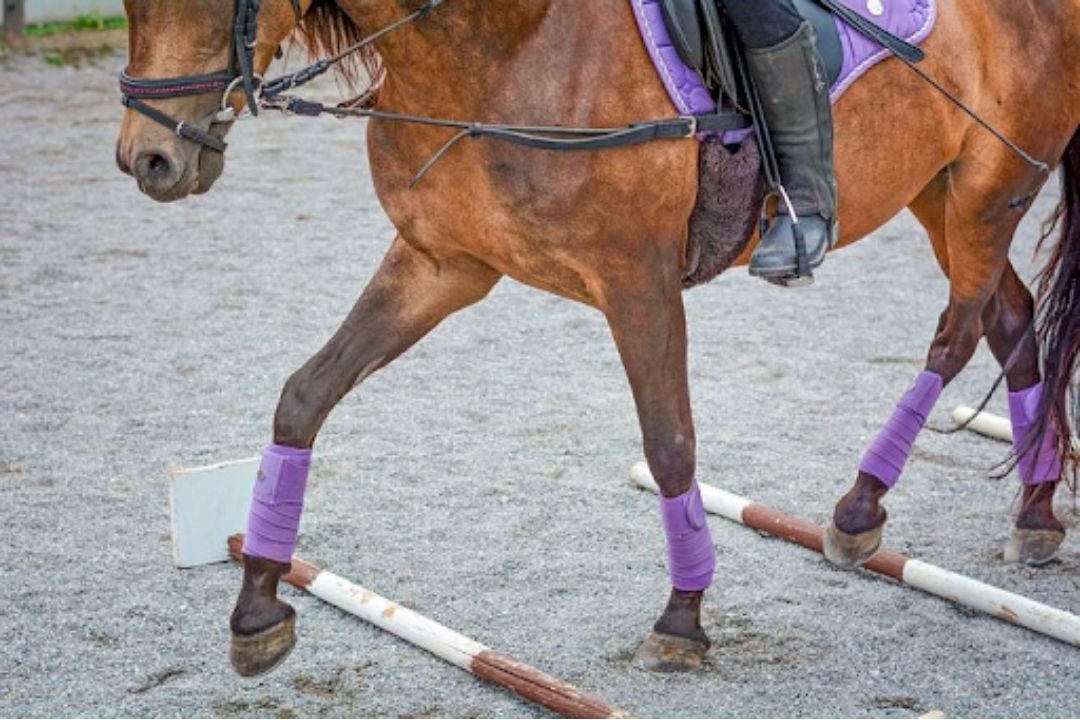
What Are Common Horse Breeds For Dressage?
Dressage is the art of precision, harmony and grace, where the connection between horse and rider is put on display. However, not all horses are equally suited to this demanding discipline. While temperament, training and rider skill are important, choosing the right horse breed can make all the difference.
Understanding Horse Heritage
Before looking into dressage breeds, it’s helpful to understand horse “bloodlines,” a term referring to temperament and genetic lineage. Here’s how the three main types of horse bloodlines compare.
Coldbloods
These “gentle giants” are large, muscular and calm, Breeds such as the Shire are known for their steady temperament. Historically used for ploughing and warfare, coldbloods are now often showcased in agricultural displays. However, their slower reactions and longer training periods make them less suitable for the fast-paced demands of dressage.
Warmbloods
The most common choice for dressage, warmbloods are a cross between coldbloods and hotbloods. They combine the strength and calm nature of coldbloods with the agility and speed of hotbloods. Their trainable and versatile nature makes them a favourite for sports such as dressage, show jumping and eventing.
Hotbloods
Bred for speed and stamina, hot bloods are spirited and sharp-witted. While they excel in racing and endurance events, their high energy and nervous temperament make them challenging to handle.
Top Horse Breeds for Dressage
When it comes to competitive dressage, certain breeds stand out for their exceptional abilities, agility and temperament.
Dutch Warmblood
The Dutch Warmblood is a favourite in the dressage world, known for its impressive stamina and powerful build. Originating in the Netherlands, these horses typically stand around 16 hands high and are bred for versatility and elegance. Their prominent withers, muscular legs and graceful movements make the ideal for dressage.
Westphalian
Westphalians are another top dressage horse, valued for their agility, strength and calm disposition. Originating from Germany, these horses range from around 14 to 17 hands high. Their elastic gaits and generous strides means they have great qualities for dressage competitions.
Hanoverian
Hanoverians are known for their dressage excellence. Standing between 15 to 17 hands, these German-bred horses are athletic, stylish and reliable. Their stamina and willingness to perform have led many riders to Olympic success. Known for their grace and strength, Hanoverians remain a staple in advanced dressage competitions worldwide.
The Role of Surfaces in Dressage Performance
Choosing the right horse breed for dressage is important, but even the best horse can struggle without the right training and performance environment. The surface of your horse arena plays a crucial role in supporting the health, safety and success of your horse during dressage.
High-quality surfaces can:
- Improved performance: A stable and consistent surface allows for smoother transitions and precise movements, essential in dressage routines.
- Reduced injuries: Proper footing minimises strain on your horse’s joints and tendons reducing the risk of injury during training or competition.
- Promote longevity: Investing in premium surfaces can extend the career of your horse by providing the best conditions for daily use.
At Combi-Ride, we specialise in horse arena surfaces which provide maximum performance. Whether you’re preparing for competition or refining everyday training, our advanced surfaces provide the support your horse needs to perform at their best.
Ready to take your dressage training to the next level? Get in touch with the Combi-Ride team for expert advice.

